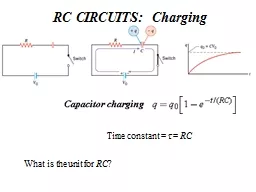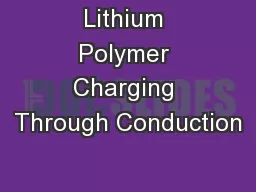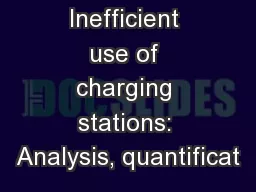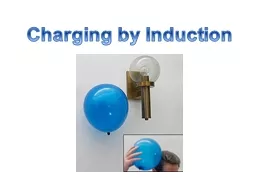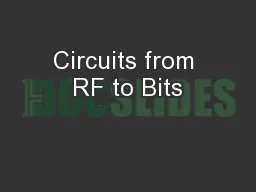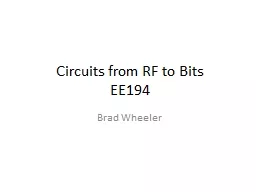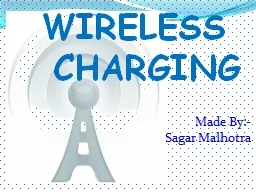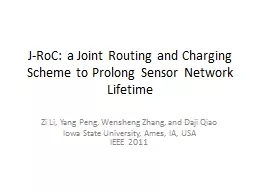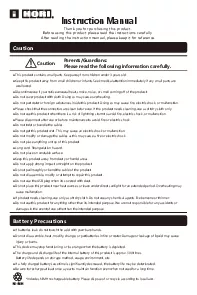PPT-RC CIRCUITS: Charging Time constant =
Author : trish-goza | Published Date : 2020-04-04
τ RC What is the unit for RC RC Circuits Discharging Time constant τ RC Camera Flash The lamp in this circuit ordinarily has a very high resistance
Presentation Embed Code
Download Presentation
Download Presentation The PPT/PDF document " RC CIRCUITS: Charging Time constant = " is the property of its rightful owner. Permission is granted to download and print the materials on this website for personal, non-commercial use only, and to display it on your personal computer provided you do not modify the materials and that you retain all copyright notices contained in the materials. By downloading content from our website, you accept the terms of this agreement.
RC CIRCUITS: Charging Time constant = : Transcript
Download Rules Of Document
" RC CIRCUITS: Charging Time constant = "The content belongs to its owner. You may download and print it for personal use, without modification, and keep all copyright notices. By downloading, you agree to these terms.
Related Documents

